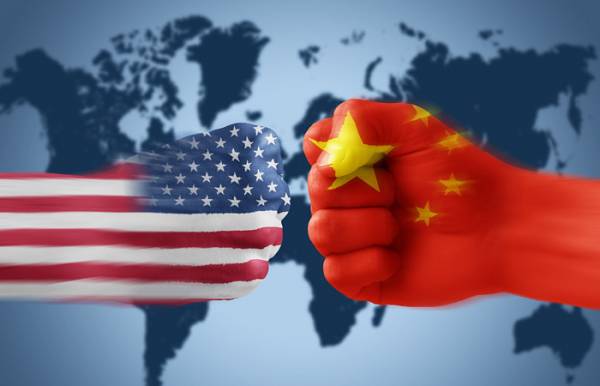In May 2022, Mr Biden hosted a historic meeting at the White House with ASEAN leaders.
There is no region more important to China than Southeast Asia, and Xi Jinping’s muscular foreign policy has had a profound effect.
But as Beijing’s influence grows, so too does Washington’s unease, and after years of ebb and flow, the United States is again making efforts to connect with the area.
Vice President Joe Biden is the first sitting U.S. president to visit Cambodia since 2017; he is there this week for the annual ASEAN conference. It’s almost as if he was there the year before. Then he’ll go to the G20 summit in Indonesia, another regional powerhouse.
However, the diplomatic climate in which the United States works now is more complex than earlier. Once a vital player in Asia-Pacific diplomacy, ASEAN is battling to maintain its relevance in an increasingly politicised international environment. It has become a peaceful and neutral zone where its ten member nations work together without criticising one another and where they are allowed to use a wide variety of military options. Its meagre secretariat and the absence of mechanisms for enforcing judgments against members indicate this mentality.
So long as there was a worldwide consensus in favour of trade and prosperity headed by the United States, this strategy was effective. However, the United States’ attention began to shift away from China in the early 2000s in favour of the Middle East, coinciding with China’s rise to prominence on the global stage.
Damming the Mekong River on a massive scale, which causes other issues, is also avoided.
However, the member states of ASEAN are in a precarious situation. Firstly, few countries dare to directly challenge China because of its immense economic and military strength.
Vietnam’s governing Communist Party has been leery of engaging with its massive neighbour China since it went to war with China just 43 years ago. Because of their long shared border, China is Vietnam’s biggest commercial partner and an integral element of the supply chain that supports its world-class exports.
Second, China has virtually broken apart ASEAN by favouring smaller governments like Laos and Cambodia, who are now so reliant on Beijing’s generosity that they are essentially vassal states. That was clear in 2012 when Cambodia held the rotating Asean chair and vetoed a final statement denouncing Beijing’s stance in the South China Sea.
Despite appearances, Southeast Asian nations are just as disillusioned with the United States as China is.
They see it as a partner they can’t rely on because of its interest in democracy and human rights. After the Asian financial crisis of 1997, the United States imposed draconian economic measures on the region despite widespread opposition. During George W. Bush’s war on terror, the United States largely withdrew from the region. President Obama’s much-touted “pivot” to Asia has been replaced by President Trump’s more oriented strategy to what he perceives to be unfair trade practices on the part of Asia.
To add insult to injury, the current U.S. emphasis on the quad alliance with Japan, India, and Australia has left ASEAN feeling trapped between two formidable adversaries. They are scared of a conflict with the superpowers because they have so much to lose, and Washington’s readiness to confront China in Asia is one reason for this.
Despite repeated offers, no U.S. administration has been prepared to pursue free trade agreements, creating tension in the world’s most trade-reliant area.
However, due to their partnership with China, ASEAN, China, Japan, South Korea, Australia, and New Zealand have formed the greatest commercial bloc in the world.

